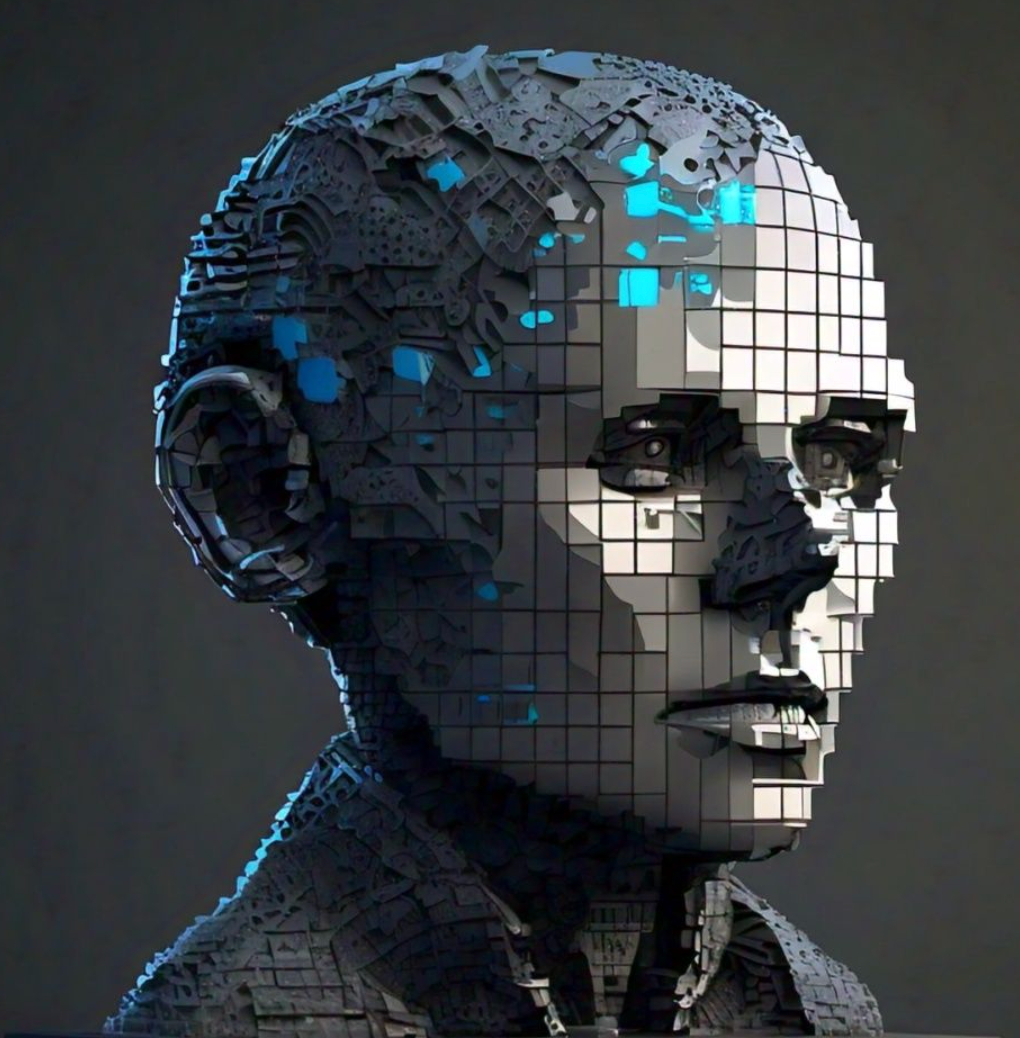205 reads
Conscious Turing Machine Robots as a Framework for Artificial General Intelligence
by
September 3rd, 2024
Audio Presented by

AIthics illuminates the path forward, fostering responsible AI innovation, transparency, and accountability.
Story's Credibility

About Author
AIthics illuminates the path forward, fostering responsible AI innovation, transparency, and accountability.